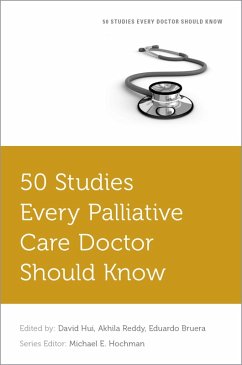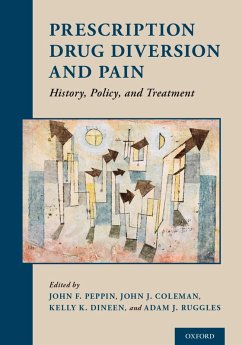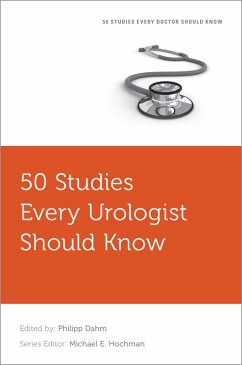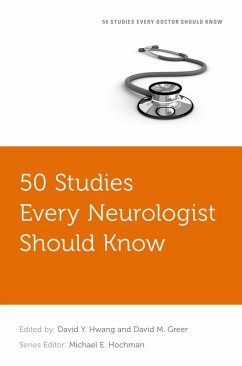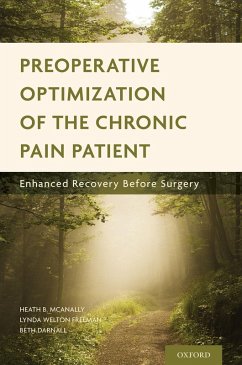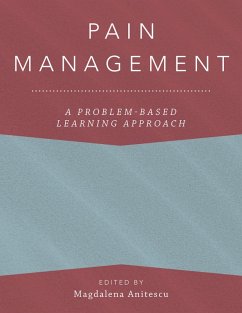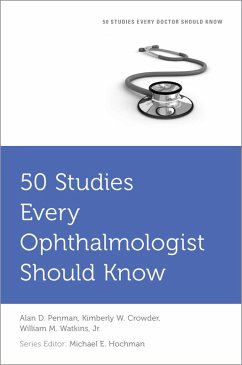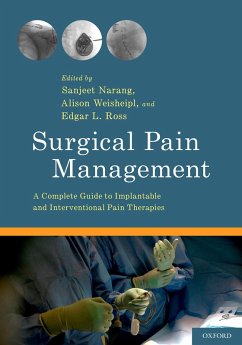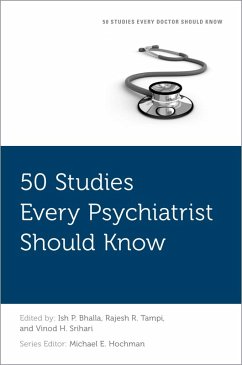
50 Studies Every Anesthesiologist Should Know (eBook, PDF)
Versandkostenfrei!
Sofort per Download lieferbar
32,95 €
inkl. MwSt.
Weitere Ausgaben:

PAYBACK Punkte
16 °P sammeln!
50 Studies Every Anesthesiologist Should Know presents key studies that have shaped the practice of anesthesiology. Selected using a rigorous methodology, the studies cover topics ranging from pain medicine, critical care, cardiothoracic anesthesiology to general anesthesiology. For each study, a concise summary is presented with an emphasis on the results and limitations of the study, and its implications for practice. Brief information on other relevant studies is provided, and an illustrative clinical case concludes the review. This book is a must-read for health care professionals in anest...
50 Studies Every Anesthesiologist Should Know presents key studies that have shaped the practice of anesthesiology. Selected using a rigorous methodology, the studies cover topics ranging from pain medicine, critical care, cardiothoracic anesthesiology to general anesthesiology. For each study, a concise summary is presented with an emphasis on the results and limitations of the study, and its implications for practice. Brief information on other relevant studies is provided, and an illustrative clinical case concludes the review. This book is a must-read for health care professionals in anesthesiology and pain medicine, and anyone who wants to learn more about the data behind clinical practice in anesthesiology, pain medicine, critical care and its broad subspecialties.
Dieser Download kann aus rechtlichen Gründen nur mit Rechnungsadresse in A, B, BG, CY, CZ, D, DK, EW, E, FIN, F, GR, HR, H, IRL, I, LT, L, LR, M, NL, PL, P, R, S, SLO, SK ausgeliefert werden.




